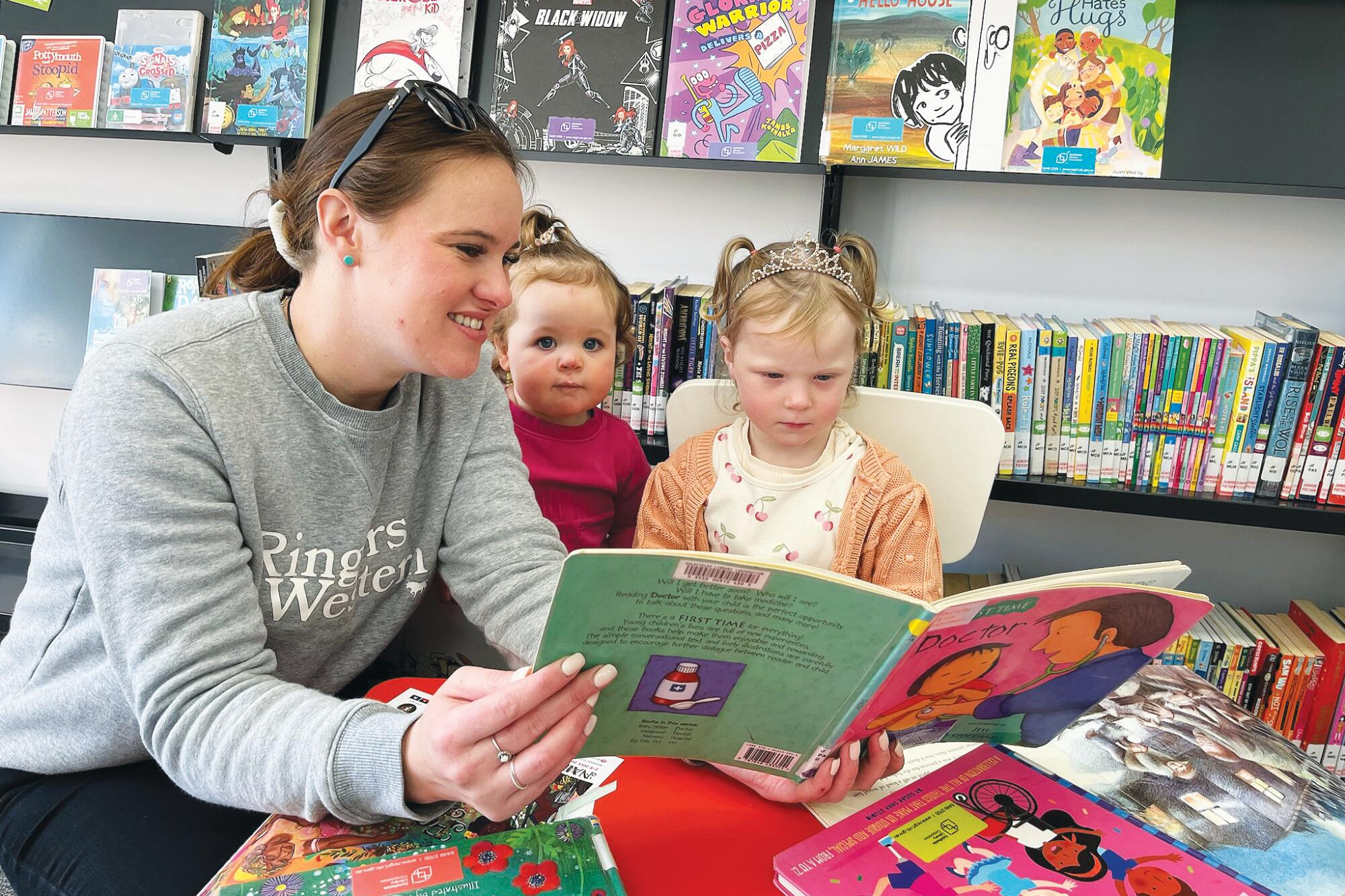General News
24 June, 2024
Give support for teaching of phonics reading: specialist
THE back-to-basics approach to reading announced by the State Government last week is already being used in many Loddon schools. Boort District School literacy specialist Sharon Pickering has welcomed the move but says there should also be support...

THE back-to-basics approach to reading announced by the State Government last week is already being used in many Loddon schools.
Boort District School literacy specialist Sharon Pickering has welcomed the move but says there should also be support for training of teachers in phonics instruction of students.
“Boort District School already uses a systematic synthetic phonics program, as do many schools in the region,” she said
“I hope the Government will also support teachers to undertake high quality training in the Science of Reading and phonics instruction, for the benefit of all children across Victoria.
“We are lucky to have the SOLAR Lab at La Trobe University Bendigo, headed by Science of Reading experts Professors Pamela Snow and Tanya Serry, which offers several excellent short courses.”
Victorian Education Minister Ben Carroll announced the updated Victorian Teaching and Learning Model for all government schools from 2025 with explicit teaching at its core.
Students from Prep to Grade 2 will be taught using a systematic synthetic phonics approach as part of their reading programs, with a minimum of 25 minutes daily explicit teaching of phonics and phonemic awareness.
The Government says this will be a core component of a comprehensive reading program that also includes explicit teaching of oral language, vocabulary, reading fluency and comprehension.
“Systematic synthetic phonics is a structured approach that explicitly teaches the relationship between sounds and letters to read words,” it said.
While the Government directive is only for state schools, St Mary’s Catholic Primary School Inglewood principal Steve O’Shannessy said his school had been completing evidence-based explicit daily sessions on phonics and other areas of reading which provides the basis of reading skills.
“There are two main branches to be able to read, each with their own sub-branches. The main branches are word recognition and language comprehension,” Mr O’Shannessy said.
“Language comprehension is made up of background knowledge, vocabulary, language structure, visual reasoning and literacy knowledge.
“Word recognition is where phonics lie; it’s made of phonological awareness, decoding, and sight recognition.
“Oral language is another component which is heavily linked reading and writing. When all these are taught explicitly to students, they have an accelerated rate of learning the skills required to read. In addition, using the Science of Reading approach enables greater success for more students. Interventions, practise, and programs are still in place to assist students who require additional support. “
Mr O’Shannessy said implementation of explicit phonics into lessons was a good start.
“However, the other areas still need to be covered to achieve maximum success and ensure the use of evidence-based research and pedagogical practices,” he said.